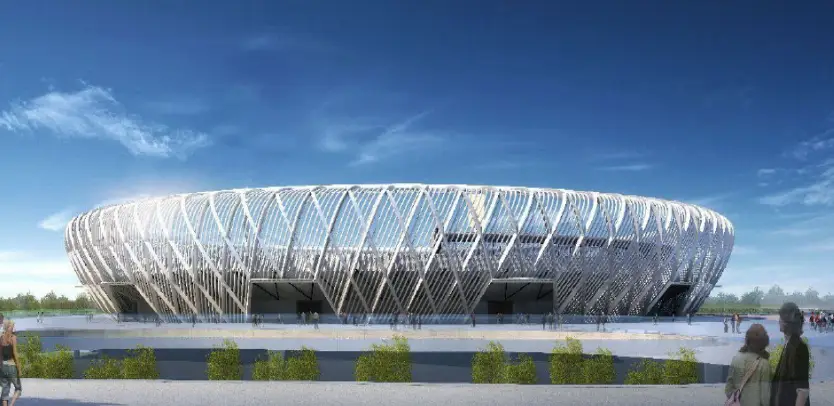The design of basketball court lighting systems requires careful attention to illuminance uniformity, energy efficiency, and glare control to ensure optimal visibility for players, officials, and spectators. Based on comparative studies and technical evaluations, the following principles and innovations guide modern basketball court lighting layouts.
1. Light Source Selection and Hybrid Systems
Hybrid lighting systems combining sunlight concentrators with white LED arrays have demonstrated superior performance compared to traditional metal-halide lamps or standalone LED setups. These systems achieve higher illuminance uniformity (≤1.5:1) while reducing energy consumption by up to 40% through efficient sunlight utilization during daytime operations. The integration of inverted solar cell technology in hybrid designs allows dynamic switching between natural and artificial light sources, optimizing energy use without compromising court functionality.
2. Uniformity and Glare Mitigation
Uniform horizontal illuminance is critical for minimizing shadows that disrupt gameplay. Computational simulations reveal that LED-based systems, when arranged in a symmetrical grid pattern with precise beam angles, achieve uniformity ratios below 1.2:1 across full-court dimensions. Glare reduction is addressed through shielded luminaires and diffusers with >70% transmittance, ensuring player comfort and reducing visual fatigue during high-intensity movements.
3. Layout Optimization
Optimal pole placement balances vertical and horizontal illuminance requirements. For indoor courts, perimeter-mounted fixtures at heights of 8–12 meters provide uniform coverage, while hybrid systems may incorporate overhead skylights for daylight supplementation. Retrofit projects emphasize modular LED panels, enabling adaptive zoning to accommodate multi-use facilities or training drills requiring partial illumination.
4. Maintenance and Sustainability
Regular photometric testing ensures long-term compliance with illuminance standards. LED systems outperform metal-halide lamps in lifespan (50,000+ hours vs. 10,000 hours), reducing maintenance frequency and costs. Energy monitoring tools integrated with hybrid systems enable real-time adjustments based on occupancy sensors, further enhancing sustainability.
Modern basketball court lighting layouts prioritize hybrid technologies, precision engineering, and adaptive controls to balance performance, safety, and energy efficiency. By leveraging advancements in LED optics and daylight harvesting, designers can create environments that enhance athletic performance while aligning with global sustainability goals.
